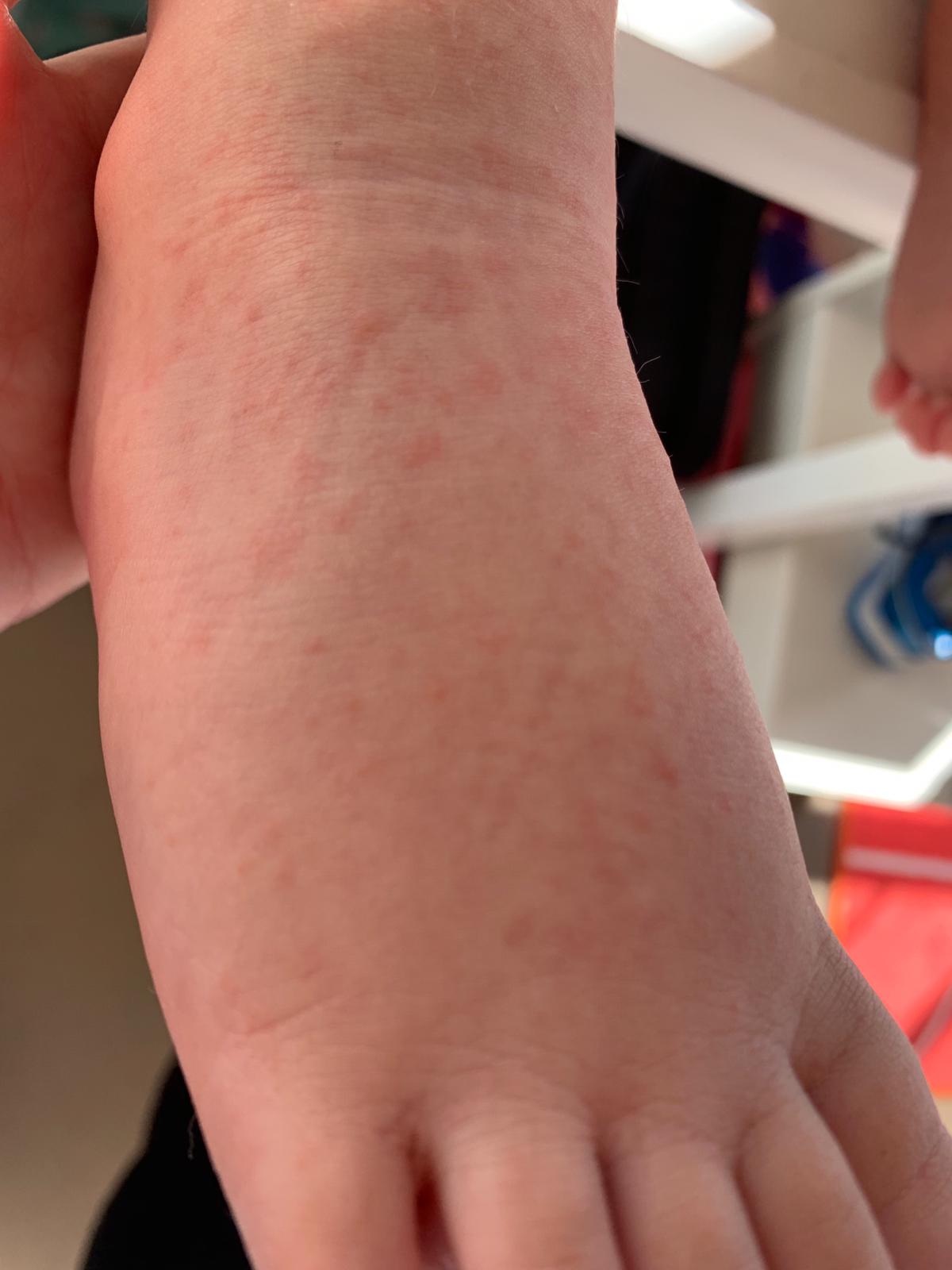
Our top 4 tips for introducing common allergy-causing foods
Introducing solids is a nerve-wracking and exciting time! Here are 4 things you need to consider when introducing common allergy-causing foods.

Hand, foot and mouth disease is a common viral illness in children and is usually mild. That being said, its appearance can still alarm parents and children, and it can cause quite a bit of discomfort.
The most common symptoms of HFMD include:
HFMD is spread through:

The skin blisters of HFMD are infectious until they become crusty with no fluid. The virus may also be shed in the feces (poo) for several weeks after the blisters resolve.
The best way to avoid the spread of HFMD is good personal hygiene including hand washing and avoiding sharing of personal utensils and items.
To help relieve the discomfort of HFMD, use paracetamol (not aspirin) as directed.
Offer plenty of fluids, but avoid orange juice, which is acidic and may cause pain with mouth ulcers. Also, always allow blisters to dry naturally and avoid piercing them.
If a child with HFMD complains of severe headache, if fever persists, or if there are any worrying symptoms, consult your local doctor immediately.
Visit Better Health for more information on Hand, Foot & Mouth Disease.
Don’t forget to book your Baby + Child CPR & First Aid Class so that you know how to handle illness, injury and emergencies involving little ones.

Introducing solids is a nerve-wracking and exciting time! Here are 4 things you need to consider when introducing common allergy-causing foods.

This is a question we hear a lot, and thanks to our friends over at NSW Poisons Information, we have the answer!

Suffering a cold sore outbreak when you have a newborn can be anxiety inducing! While they are uncomfortable for us adults when it comes to babies, exposure to the Herpes Simplex Virus can be serious.